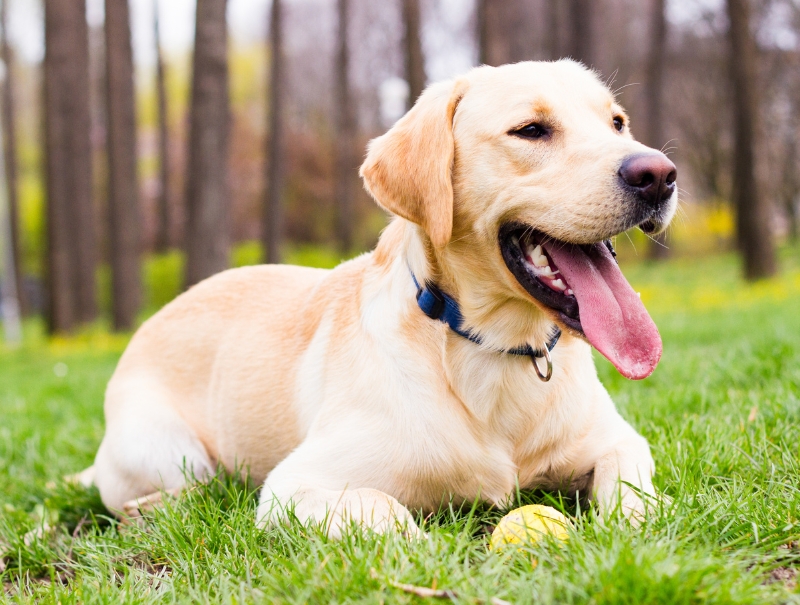FAQ's
Frequently Asked Questions
Q. How is arthroscopy going to help my dog get back to normal faster?
A. Arthroscopy is less invasive and lets us evaluate and treat the joint more accurately. The incisions are very small and recovery time brief when compared to traditional surgical techniques.
View the Surgical Client Brochure >
Q. How is the Tightrope CCL repair different than other techniques used to stabilize the stifle after a cranial cruciate ligament repair?
A. The Tightrope techniques were designed to be less invasive technique currently available to stabilize the knee. In conjunction with an arthroscopic assisted procedure, your dog will be more comfortable overall and recover at a faster pace. The Tightrope procedure does not include cutting bone or plating like the TPLO or TTA procedure does.
View the Tightrope CCL Client Brochure >
Q. Is my dog a candidate for the Tightrope procedure?
A. While most dogs would be ideal candidates for this implant, Dr. Cook will be able to determine and discuss further details at your consultation. The Arthrex Tightrope implant is not limited to a size or breed of dog. There are various devices available that may be selected depending on the size of your dog.
Q. Does my dog have to stay overnight after the Tightrope CCL repair?
A. No. We feel that because our procedure is minimally invasive and we use appropriate analgesic practices, your dog will benefit by going home the same day. We are available to answer any questions you may have at the discharge consultation and will be available for you to call us as well.
Q. If I rest my dog, will they heal on their own? Can I prevent my dog from tearing the ligament on the other knee?
A. Most dogs do poorly without surgical intervention, a torn ligament will not heal. The reason to stabilize the stifle, or knee, is to return your dog to normal function as soon as possible and to avoid additional arthritis and fibrosis. It is difficult to predict if your dog will sustain a cranial cruciate ligament tear of the other knee. The best way to prevent injury to the other knee is timely correction of the initial injury.
Q. What kind of monitoring is done to ensure my dog/cat is safe under anesthesia?
A. Our anesthetist is very knowledgeable and in tune to her patient’s needs. Prior to induction, we will perform a complete exam and blood work evaluation. During anesthesia, your pet is monitored by many parameters to ensure their safety throughout the procedure. We continually monitor blood pressure, EKG, body temperature, respirations, % of O2 in the blood, pulse, amongst other parameters. After recovery from anesthesia, patients are monitored until they are discharged to their owners the same day.
For additional questions or appointment requests, please call our office during business hours for an immediate response: (630) 208-0380

